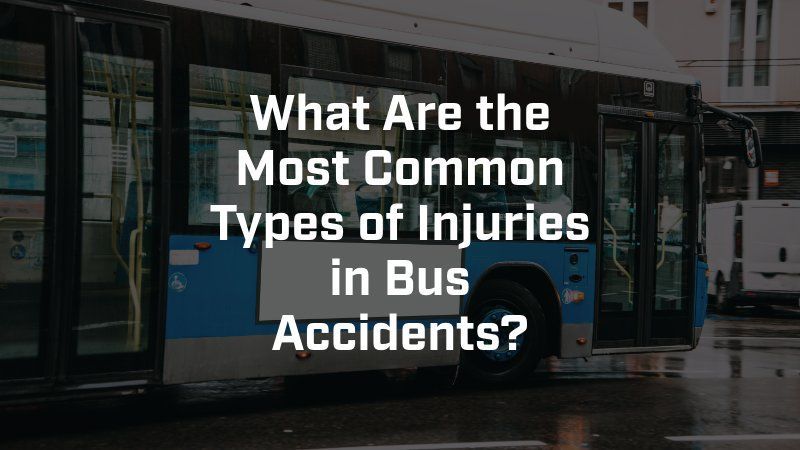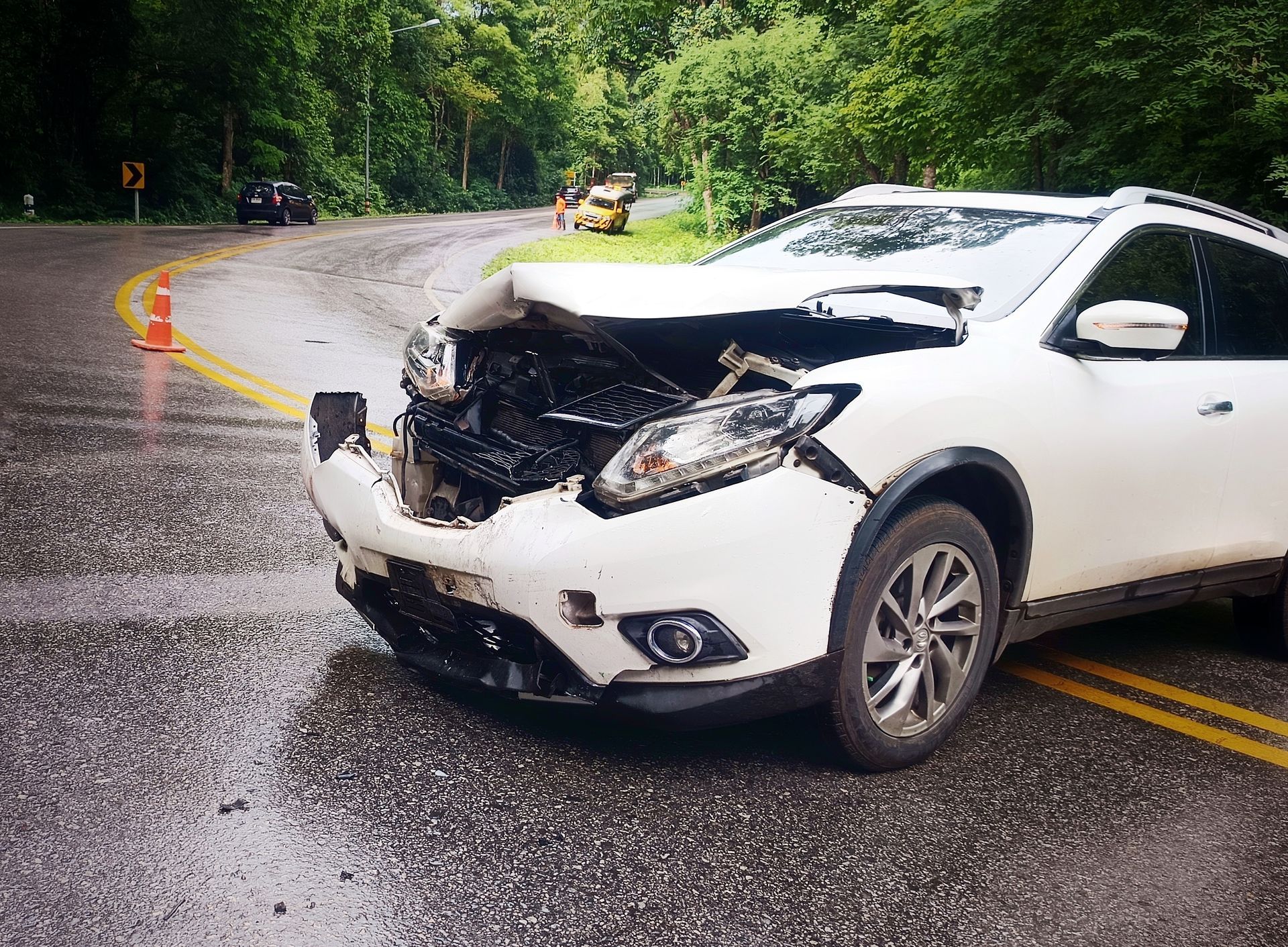Sargon Law Blog
Recent Blog Posts
What Are the Most Common Types of Injuries in Bus Accidents?
Buses help ensure significant amounts of passengers can get safely from place to place, but these vehicles are larger and weigh Much more than traditional passenger vehicles. Unfortunately, accidents involving buses and smaller vehicles often result in significant driver and passenger injuries. Here, we want to review some of the most common injuries associated with bus accidents in Arizona.

1. Whiplash and Neck Injuries
Whiplash is a soft tissue injury to the neck resulting from the rapid back-and-forth jerking motion during a collision. Bus passengers who are not wearing seatbelts are particularly vulnerable to whiplash because they can be thrown forward. Whiplash often leads to neck pain, headaches, and limited neck mobility.
2. Traumatic Brain Injuries (TBIs)
Traumatic brain injuries range in severity from relatively mild concussions to much more severe brain damage. These injuries typically occur when a person's head strikes a hard surface during the crash. Even minor TBIs can cause significant cognitive problems, memory loss, and emotional changes, potentially affecting the victim's long-term quality of life.
3. Spinal Cord Injuries
The impact forces of a bus accident can lead to severe spinal cord injuries, including fractured vertebrae or even paralysis. Such injuries can cause chronic pain, limited mobility, and lifelong physical challenges. Paralysis can range from partial to complete loss of function, often requiring ongoing care and rehabilitation.
4. Broken Bones and Fractures
Fractures occur when the force of a collision is strong enough to break bones, commonly affecting the arms, legs, ribs, and pelvis. Bus passengers are often jostled around during accidents, causing them to hit seats, windows, or other hard surfaces, increasing the risk of fractures. Broken bones usually require extensive medical treatment, including surgery and physical therapy.
5. Internal Injuries
Internal injuries, such as damage to the liver, spleen, or kidneys, can occur from the force of the crash or the impact of a seatbelt. Internal bleeding is a potentially life-threatening condition that requires immediate medical attention. Unfortunately, internal injuries may not show obvious symptoms right away, making them difficult to diagnose initially.
6. Lacerations and Contusions
Sharp objects or broken glass can cause deep cuts (lacerations), while blunt impacts can lead to bruising (contusions). Lacerations often require stitches and could leave permanent scarring. Contusions may cause significant pain and limit movement.
7. Psychological Trauma
Bus accidents can be terrifying experiences, often resulting in emotional and psychological trauma for victims. Post-traumatic stress disorder (PTSD), anxiety, depression, and phobias can develop after an accident, affecting the victim's daily life and relationships.
Speak to an Attorney Quickly
After an accident involving a commercial bus occurs, you need to contact an attorney as promptly as possible. A bus accident lawyer in Phoenix or throughout Arizona can help you understand the potential challenges associated with your claim. You need a legal advocate on your side who can stand up to aggressive insurance carriers and the inevitable legal teams that will help the bus company or other parties involved.
A Phoenix personal injury lawyer could help you recover money for your medical bills, property damage expenses, lost income, and other damages.





